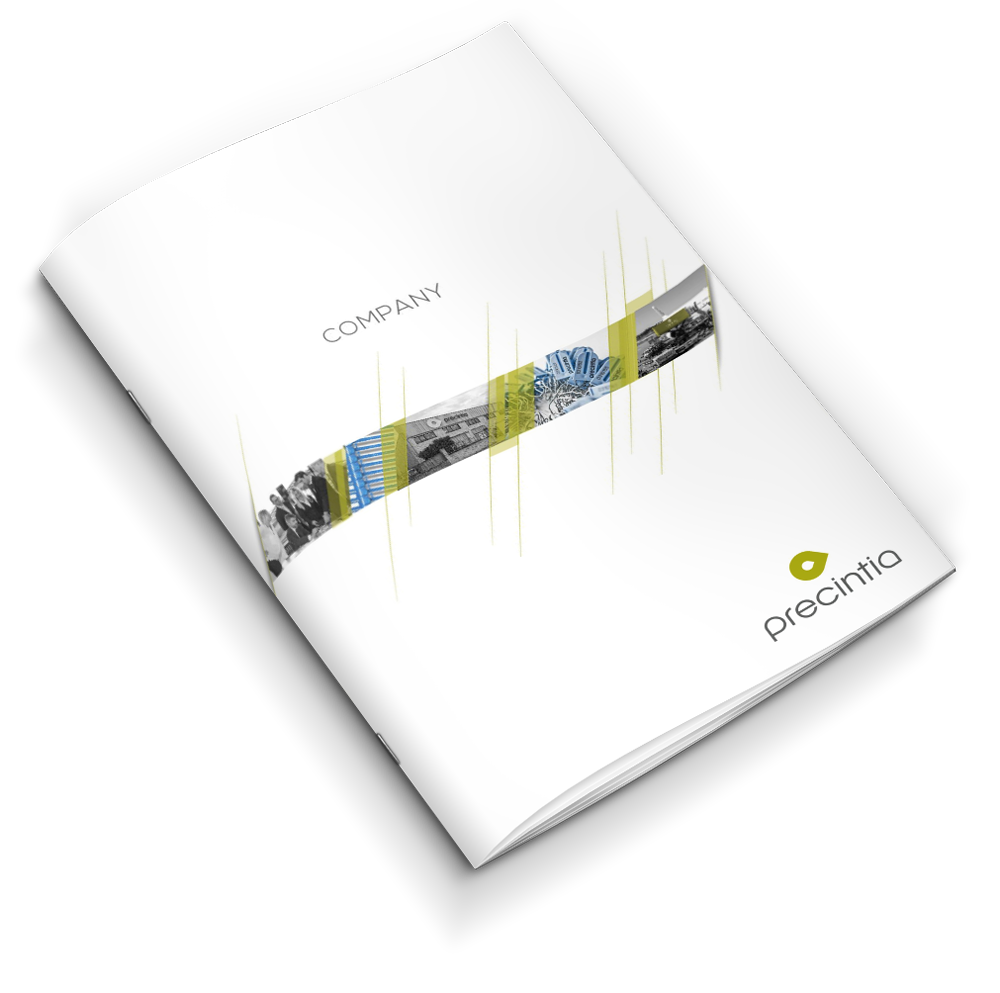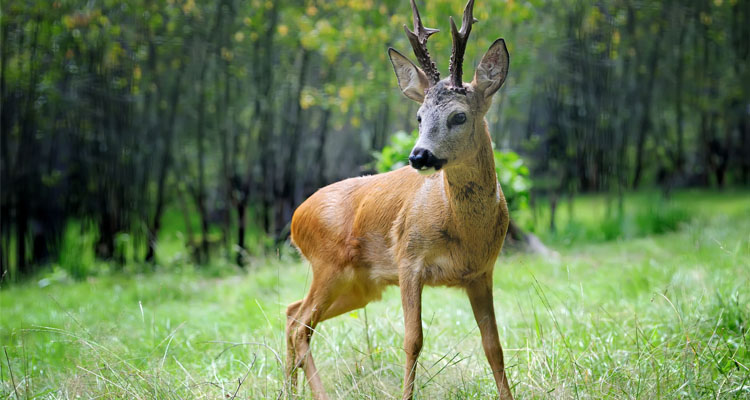This website uses cookies so that we can provide you with the best user experience possible. Cookie information is stored in your browser and performs functions such as recognising you when you return to our website and helping our team to understand which sections of the website you find most interesting and useful.
Blog
Roe deer seals: characteristics, regulations and placement advice
Roe deer seals: characteristics, regulations and placement advice. Roe deer seals facilitate the identification and traceability of the kills made during the hunting season. They are an important part of the required documentation: game reserve card, insurance, licence, guide and gun permit. This is all part of the authorization for roe deer hunting .
However, questions about their use can spoil things more than one hunter. It is common to come across news report that refer to irregularities in terms of the incorrect application of roe deer seals, resulting in substantial financial sanctions and even the withdrawal of the hunting licence or the cancellation of their gun permit.
What are the main features of roe deer seals? What legislation is this covered by? When, how and where should they be placed once the animal has been killed? Let’s go over these questions to clear up any questions.
1. Legislation on security seals for hunting
Are roe deer seals in León the same as roe deer seals in Guadalajara? The regulations regulating hunting are in the hands of Spain’s various Autonomous Communities, so each of them is governed by its own legislation.
In any case, the use of security seals for big game is a system applied in the principal regions where hunting activities are carried out. For example, in the region of Castilla and León, Law MAM/829/2011, revised since June 30, 2015, gives the procedure for granting and applying roe deer seals, among other provisions. The Hunting Plan (Plan de Ordenación Cinegética) establishes the hunting quotas and grants the seals required by the game reserve upon payment of a fee.
2. Information that the seals carry for the roe deer seals: characteristics, regulations and placement advice
Security seals for hunting are issued by the Territorial Service of each Autonomous Community in Spain. They allow you to identify and trace the origin of each roe deer in order to keep track of the animals killed. The seals carry the following information:
- Registration of the game reserve.
- Species and sex of the animal.
- Day and month of hunting as proof of the date of the kill.
- Seal number.
3. Features of roe deer seals
The roe deer seals are plastic and consist of three different parts:
- The central part of the actual seal.
- The part called the matrix: This must be cut out when placing the seal and delivered to the Territorial Service responsible for hunting matters in each Community next to the appendix with the rest of the information required. In Castilla y León, the deadline for this is 15 days after the animal is killed.
- The strap, that is, the plastic strip that allows the seal to be adjusted. In the case of the roe deer, it must be placed on a specific part of the horn (this differs from one region to another). This strap must not be cut or manipulated.
4. When, how and where should the roe deer seals be placed?
Many of the penalties for hunters are the result of poor positioning of the seal. When, how and where should the roe deer seals be placed? The answer varies depending on the Autonomous Community where it is hunted, as demonstrated by the specialist hunting magazine Trofeo Caza.
There is one common indication: The security seals must be free of any evidence of tampering and they must fit the horn of the deer perfectly, in order to avoid duplicate use.If you need more information about Roe deer seals: characteristics, regulations and placement advice please contact us





